Well, that's what networks are to a business. Think about all the information that flows over your networks: files, printers, emails, applications, internet, intranet, and much more. And while many are absolutely critical to business function, most organisations still let people - with varying degrees of knowledge and experience - tinker with them.
A study by Juniper Networks found that 80 percent of businesses experience network errors caused by human mistakes on a regular basis. Yet, only 16-30 percent of daily network administrative tasks are automated.
Network automation has many benefits, including being able to do what humans can't: automatically respond to changing business needs. For example, if there is a surge in demand for internet use, it can instantly respond by freeing up resources to handle the increased load. Compare this to the manual process of employees logging an incident, network staff investigating the issue and manually responding, and then needing to go back and make changes when demand returns to normal.
And regardless of whether your organisation has processes and procedures worthy of the Guinness Book of World Records, you have to remember that Bob will almost never follow instructions exactly the same as Bill. There will always be inconsistencies.
By automating your network, and other central activities that underpin major business functions, Bill and Bob don't have to work exactly the same. In fact, they can use their ingenuity to focus on creating solutions to real business problems or catching more Pokemon Go!
Automating your networks
Automating your networks means that a tool manages many of your network processes - with speed, accuracy and consistency.
To integrate network automation in your organisation, we recommend a 3-phased approach that crosses your entire service lifecycle:
1. Plan
There needs to be an alignment of business need and PPT (people, process and technology) to achieve your desired automation outcome. Before you can replace any modus of operandi, you need a complete understanding of the environment, i.e.:
What are the business objectives?
What are the service targets?
What currently exists in terms of processes, skills, competencies and tools?
2. Build
Create a clear roadmap, detailing the essential elements for automation success. This includes a clear understanding of business needs and requirements, a robust solution design, sound cost benefits analysis, and tool selection (if not already in place) that supports your integrated automation design.
Automation projects generally start by targeting high volume manual, repetitive workflows, providing quick wins and freeing up resources to work on more complex automation projects.
3. Run
Once implemented: knowledge is transferred to sustainment teams to operate within defined models; performance is measured and reported; minor changes are applied; and feedback is provided into the continual service improvement cycle.
Bring in the experts
You will absolutely need industry trained professionals to implement your network automation.
You could recruit staff. Though keep in mind that the long-term costs of keeping a team with this level of expertise on the payroll can be very expensive - defeating many of the significant benefits of moving to automation in the first place!
Rather, you need a trusted partner with specialised industry training and reach-back to suppliers. You need a team who will come in, develop it for you, train your current staff on operations, stay until you're comfortable, and then leave you to it.
This is exactly what we do at ICT Networks. We perform highly specialised work, and then provide the appropriate training to your internal sustainment teams who can quite easily run it once it's operational. If you wish to outsource its ongoing management, and put Bob and Bill to work on other profit-generating, business-building activities, simply ask us about managed services.
Our process includes:
Consult: A discovery phase helps us understand your needs, your modus of operandi, and where the most benefit and value of network automation can be achieved.
Implement: Using a clear roadmap, we will implement your new solution, ensuring alignment with your business, budget, governance and policy frameworks, and industry standards.
Support: We'll provide knowledge transfer to staff, including onsite presence until you're comfortable.
Manage: If you want to outsource the ongoing management of your networks, we also offer managed services.
Don’t leave critical business functions open to human error. Partner with an expert, deploy network automation and reap the undeniable benefits of working faster, smarter, cheaper and safer.
FOR A FRIENDLY, OBLIGATION FREE CHAT ABOUT HOW WE CAN HELP YOU AUTOMATE YOUR NETWORKS AND UPSKILL YOUR EXISTING TEAM, PLEASE CONTACT US.











